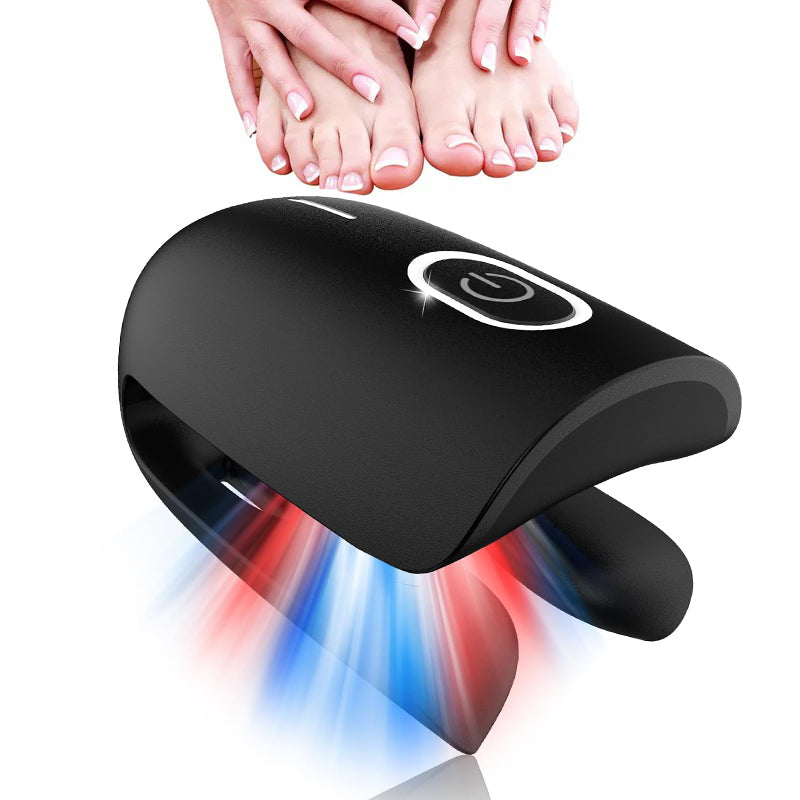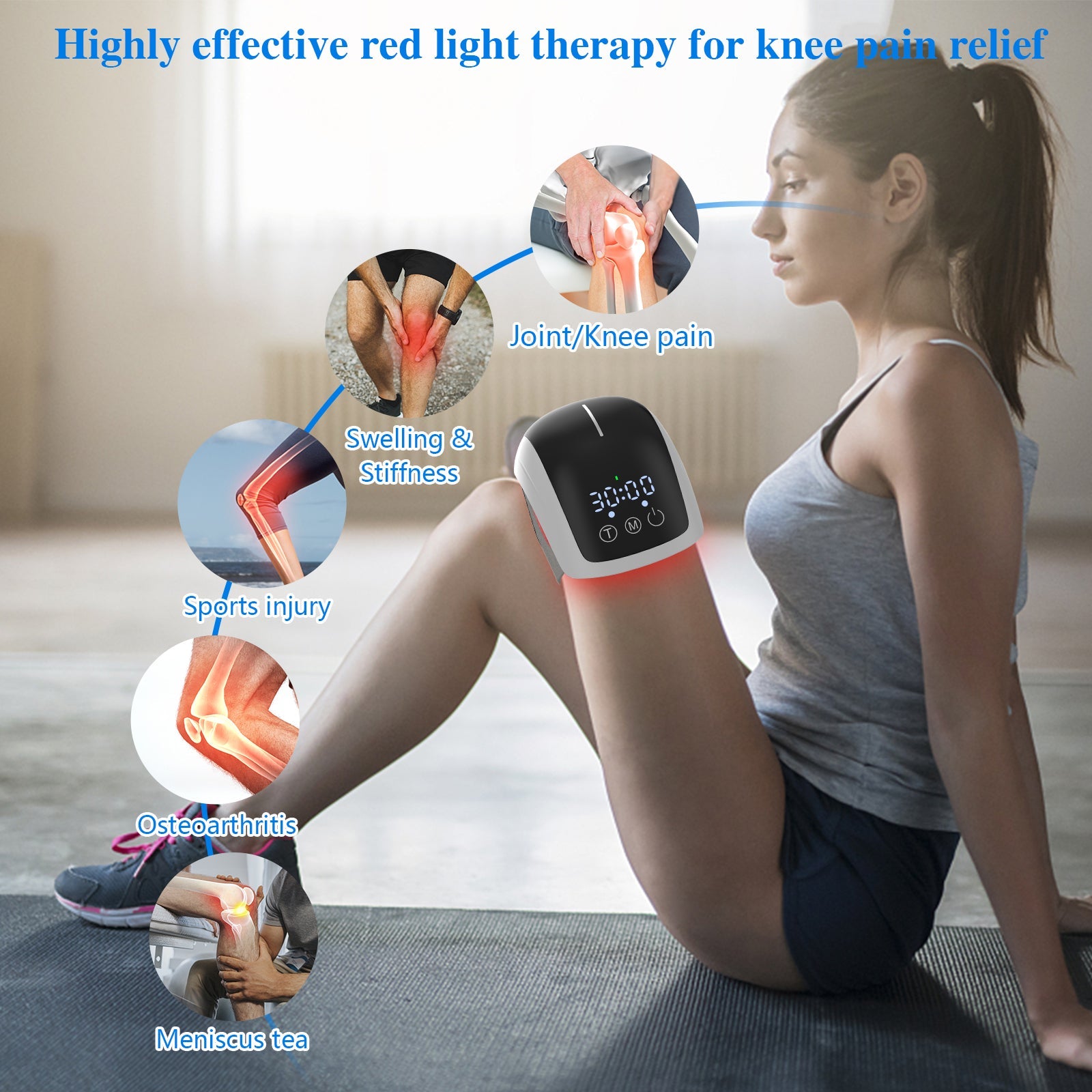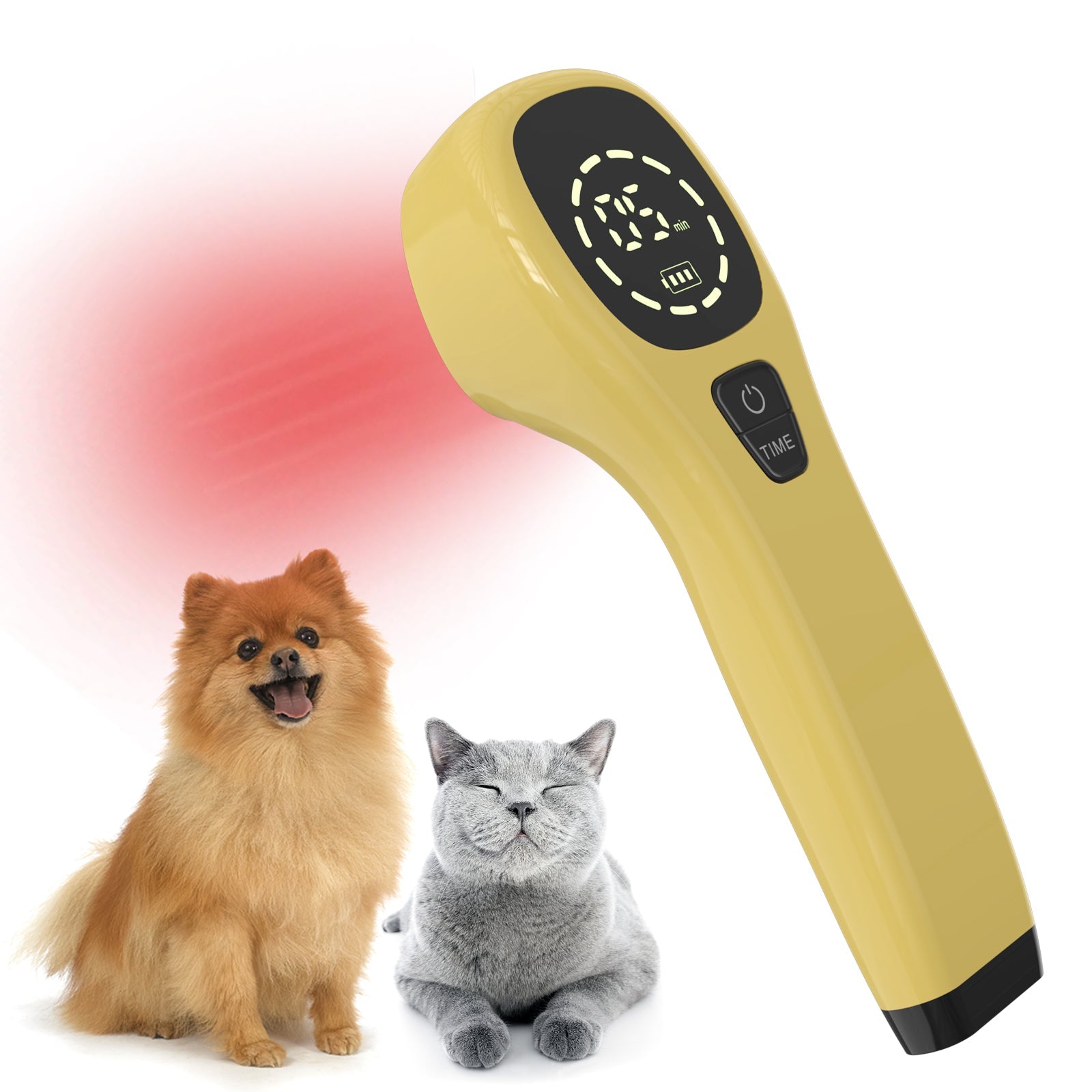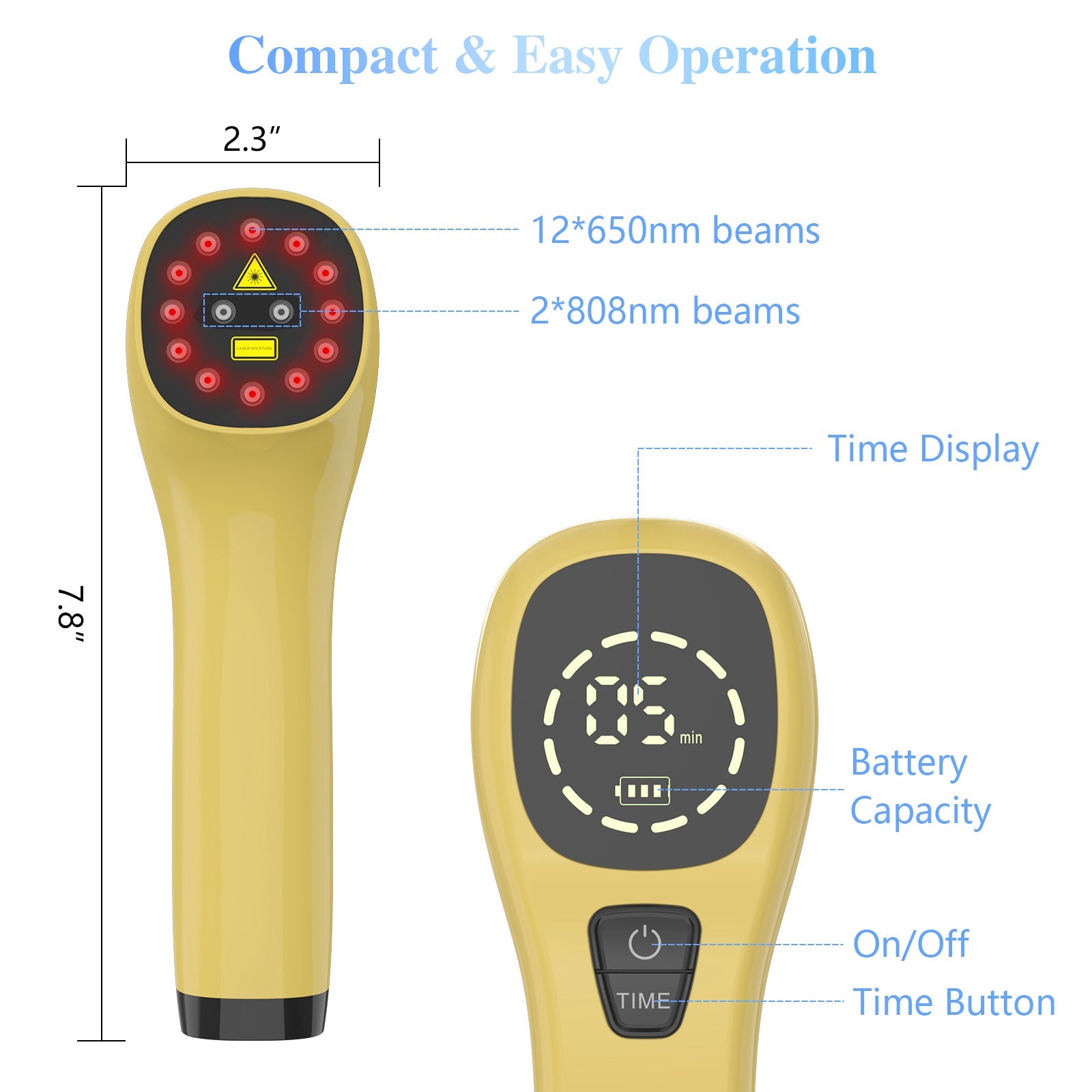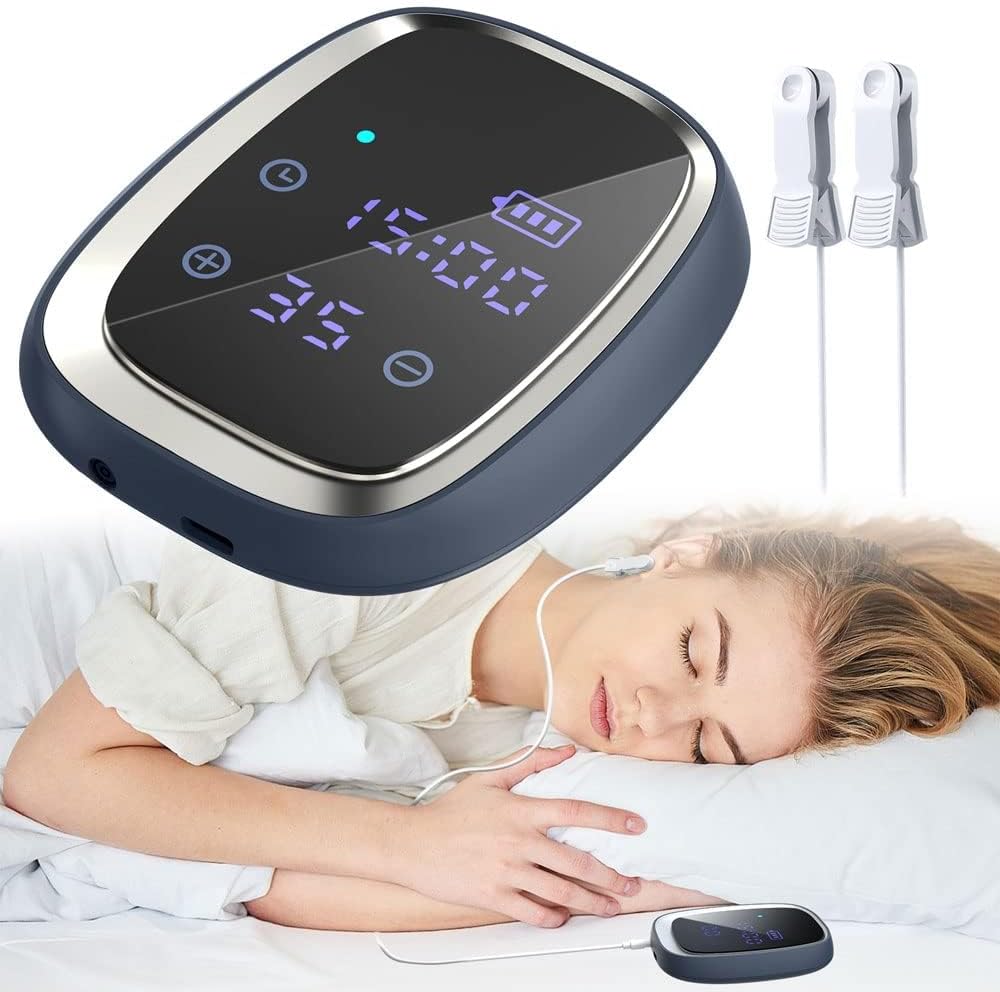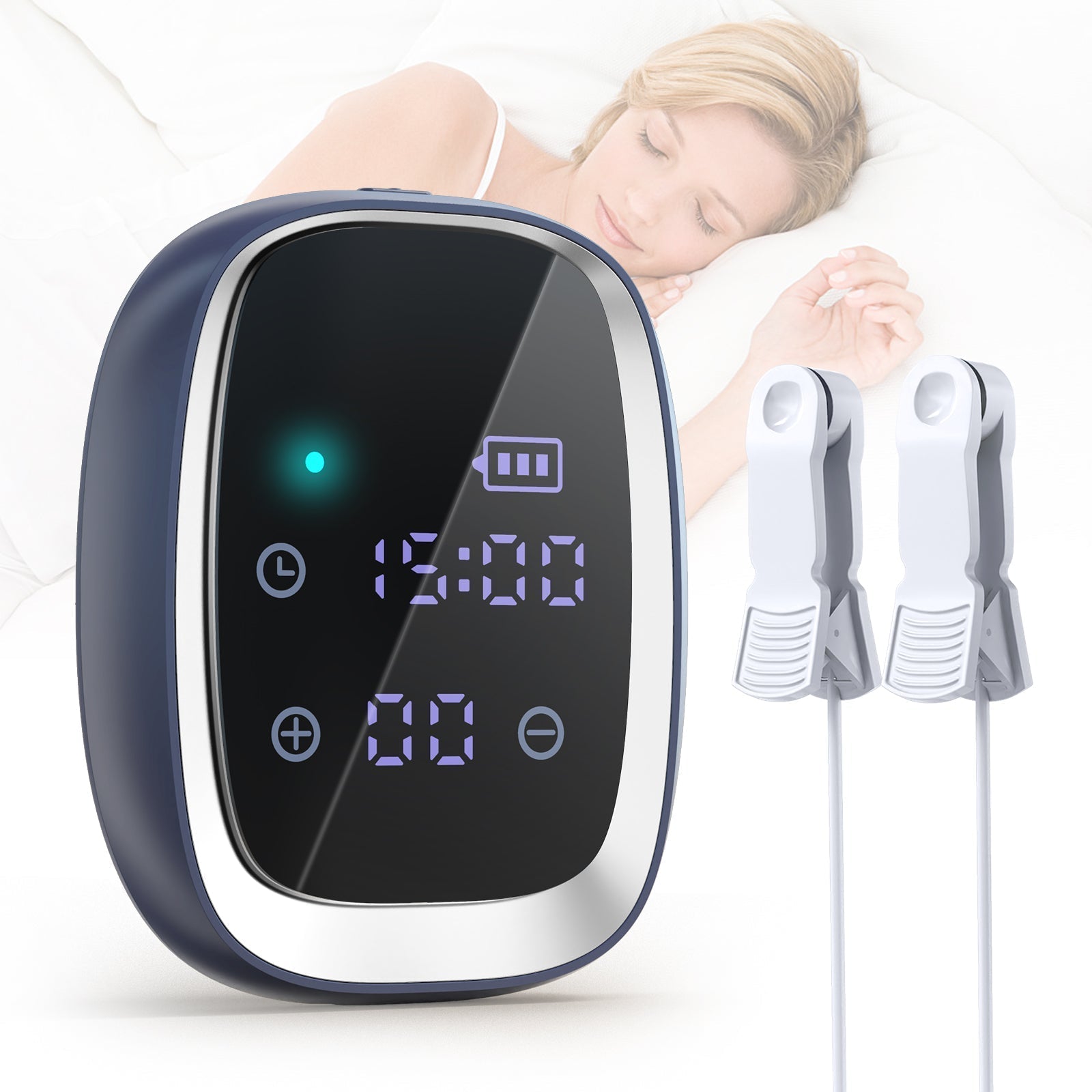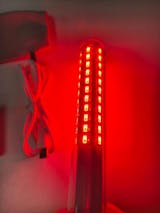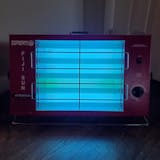Red light therapy (RLT), also referred to as low-level laser therapy (LLLT) or photobiomodulation (PBM), has been making waves for its ability to speed up recovery after surgery. It is a non-contact technique in which low-intensity red and near-infrared light is exposed to the skin surface from where it penetrates the skin and stimulates the cells to repair or regenerate. In this article, we will study the role, impact, recommendations, and prospects of red light therapy as a technique to fasten the recovery process, particularly for middle-aged and older adults after surgery.
Types of Surgeries and Post-Operative Symptoms Benefiting from Red Light Therapy
Red light therapy can provide a multipurpose approach to post-surgical symptoms that are common across broad types of surgery. For instance, joint replacement surgeries are a typical case, and often, patients encounter post-surgical inflammation and pain around the surgical site, which makes moving difficult and prolongs the recovery period. Red light therapy can address these issues by modulating inflammation response and tissue regeneration. In plastic surgery operations like facelifts or breast implants, most of the patients experience swelling, bruising, and pain after the surgery. Red light therapy has been shown to enhance microcirculation and increase collagen production in the skin, speeding up the healing process, reducing swelling, and minimizing scarring. It results in better cosmetic outcomes (Bastidas & Palacios, 2023). In addition, in wound repair surgeries, such as skin grafting or abdominal surgeries, ensuring wound healing is on track is the most crucial to avoiding infections and complications. The red light therapy that induces higher cellular metabolism and vascularization speeds up wound closure, thus accelerating healing through tissue regeneration. Dental surgeries, orthopedic surgery such as bone repair, and cosmetic surgeries such as liposuction or rhinoplasty can also benefit from red light therapy's therapeutic effects in relieving post-surgical symptoms and maximizing results.
How to Correctly Use Red Light Therapy Equipment for Postoperative Recovery?
The first priority in this matter is to be as cautious as possible with the red light therapy devices so that the treatment can be efficient. It is essential to consult a health expert or equipment manufacturer to determine the duration of the treatment, frequency, and distance while looking for the right skills to use the equipment. For example, patients with total knee replacement may have red light therapy to address inflammation and promote tissue healing. Consulting with a physiotherapist or an orthopedic doctor is crucial, as this will help determine the exact parameters of physiotherapy, such as 10-15-minute treatment sessions three times a week and the position of the knee from 6 to 12 inches away. Therefore, the follow-up after the abdominoplasty procedures might involve red light therapy for wound healing and scar reduction. Working with the plastic surgeon or dermatologist is essential in order to know what kind of treatment is necessary and to get a session that lasts around 20-30 minutes for the first days, a daily session at the beginning, and an 8-inch distance from the cut. Every device is produced with a specific orientation and design to meet the needs of various surgeries and patients. Therefore, you should always ask a health professional how to use the equipment safely and efficiently. Guidelines are the basis of the treatment, not only to increase the success rates but also to decrease the risks of complications; thus, red light therapy can be considered a therapeutic adjunct.
The Significance of Red Light Therapy in the Recovery Process Following Surgical Procedures
After the surgery, the body starts some intrinsic biological processes that are supposed to help in the recovery of the damaged tissue and restore the function of the organ system. Red light therapy can modulate cellular processes by providing an energizing effect via photobiomodulation. For instance, there is convincing evidence that red light therapy, through its mitochondrial function improvement, may increase the production of cellular energy, which accelerates tissue regeneration. Moreover, it sends signals down signaling pathways involved in collagen and other structural protein synthesis, which are essential to wound healing. This is similar to what it involves, which is that they may do it more quickly, decreasing the risk of infections and complications. Moreover, red light therapy is beneficial in that it can control inflammation by regulating the levels of cytokines. The main goal of this process is to prevent excessive inflammation, which in turn inhibits the healing process. This therapy aims at improving the body's normal physiological reactions. This way, it can also be incorporated as a supplementary treatment to enhance the postoperative recovery period, empower patients to resume daily functions earlier, and, consequently, cut the time of rehabilitation.
While inflammation is a normal part of the body's healing reaction after surgery, it can often be excessive, which may, in turn, slow down the recovery process. Red light therapy will sort out this by interacting with inflammation. For example, red light therapy has been seen as a factor that inhibits the generation of pro-inflammatory cytokines like interleukin-6 (IL-6) and tumor necrosis factor-alpha (TNF-α), and it is also seen as a factor that promotes the release of anti-inflammatory cytokines like interleukin-10 (IL-10). Through normalizing the inflammatory pathway, red light therapy aids in the mitigation of excess inflammation and, therefore, presents an ideal healing ambiance to the damaged tissue.
Collagen is a principal constituent of the extracellular matrix and collagen, which is considered very important in wound healing. This is how red lights are responsible for fibroblasts- the cells that produce collagen- stimulation, which consequently leads to the fast production of new collagen fibers. This quick collagen synthesis leads to the wound contraction being done faster and the wound being able to close more efficiently. A research report pointed out red light therapy as the gene activator that is linked to the production of collagen; thus, the process of wound contraction and epithelialization is sped up (Fernández-Guarino et al., 2023). Therefore, stimulation of collagen synthesis is achieved through red light therapy, leading to wound healing and, consequently, the infection development is reduced.
The patients may experience an aggravating effect of postoperative pain in the recovery process and loss of quality of life. Red light therapy is a non-surgical means of pain management in which the pain messages are blocked, and the pain source is removed. Scientists have found that the release of endorphins happens during red light therapy, the hormones that are produced in the body naturally, and they usually work as painkillers (Martin et al., 2023). Furthermore, red light therapy is a therapy that is known to decrease pro-inflammatory mediators, and this is an added benefit to the relief of the site being injured. Through such a double strategy, red light therapy will be a powerful adjunctive treatment for pain relief after surgery and enhancing patients’ comfort during the post-surgery period.
Proper oxygenation is the key in the circulatory system as it delivers oxygen to the cells and nutrients, maintaining the tissues in healthy condition and allowing them to heal. Red light therapy is what causes vasodilation. Thus, the blood vessels dilate, and as a result, the blood flow to the area increases. Therefore, red light therapy also leads to microcirculation improvement because red light stimulates the creation of new capillaries, which in turn increases the supply of oxygen and nutrition to the tissue. According to the studies, red light therapy helps increase venous blood flow and enhance microvascular perfusion (Roy & Secomb, 2021). This gives the circulation the proper adaptability for optimal delivery of the required resources to the healing tissue, which in turn aids recovery and outcomes after surgery.
Recommendations for Red Light Therapy in Post-Surgery Recovery
Prior to attempting red light therapy post-surgery, it is crucial to consult with your healthcare provider, especially if you do not possess any other medical conditions or medications that might potentially interact with the therapy. It is advised to consult a healthcare professional prior to using it to prevent any misuse of red light therapy or improper use for your particular health scenario. For instance, a dermatologist may have to pay attention to a photosensitive patient with certain skin disorders and to a person on photo-sensitizing medication so that they may be given special consideration and that the treatment protocol may be modified to fit their needs. In particular, healthcare professionals can provide tailored information about the specific sort of surgery and any possible contraindications, thus allowing red light therapy to be used in a way that is most advantageous and preventing any risk that appears.
The recommended treatment protocol is the critical element that must be adopted in order to achieve the best outcome with red light therapy. It can be as simple as following the guidelines put forward by your healthcare provider or a professional practitioner in this field relating to the use of light wavelength, intensity, and duration. Furthermore, red light therapy devices typically run in the phototherapeutic wavelength of 600-1000 nanometers, where different wavelengths initiate various cellular processes (Akasov et al., 2022). The amount of light and time required for each session is usually adjusted according to the degree of illness and sensitivity of the person to the treatment. Through compliance with the treatment protocol, patients can get more of the treatment benefits and thus be faster in the recovery process post-surgery.
Consistency as part of red light therapy to boost recovery after surgery is essential. Sticking to the suggested treatment plan and not missing sessions is an integral part of the healing process to ensure the continuity of the recovery process. The continuous presence of the red light ensures the body keeps reacting to the treatment the same way, like lowering the swelling and improving tissue recovery. For example, results from experiments show that it is better to carry out red light therapy sessions regularly and continuously, and not irregularly or sporadically (Peng, 2024). One way is to emphasize the importance of consistency, which will enable your patients to get the best out of RLT and speed up their postoperative recovery.
Red light therapy may be added to the list of other recovery modalities, such as physical therapy and nutrition optimization, to address the comprehensive aspects of rehabilitation post-surgery. Merging red light therapy with other therapeutic techniques can not only produce synergistic effects on the efficiency of the therapeutic process but also accelerate the healing process. An example could be red light therapy being employed alongside a rehabilitation program, which includes joint surgery. This could help reduce pain and inflammation while improving the range of motion and muscle strength as a result of physical exercises. On the other hand, the optimization of nutrition to make sure that tissue repair and regeneration is supported, as well as red light therapy, can be considered to complement the effects of this approach to post-surgery recovery. The application of red light therapy coupled with evidence-based treatment modalities can help patients achieve the highest level of recovery by minimizing the time it takes to restore function after surgery.
The Potential Outlook of Red Light Therapy in the Field of Post-Operative Rehabilitation.
The future of red light therapy in postoperative rehabilitation is promising, and the prospects are high. The study is still ongoing, and the researchers are continuing to uncover its mechanisms of action and also optimize the treatment protocols for different surgical procedures and patients with specific conditions. Also, informed by technology, the progression of more mobile and cheap red light therapy devices may result in more accessible access to therapy in household-based rehabilitation programs. With the provision of additional clinical trials and the incorporation of red light therapy into standard health care practices, red light therapy is more likely to transform post-surgery recovery dramatically, thus improving results and enhancing the quality of life for patients.
Red light therapy is an effective strategy that can be applied to speed up the healing process in middle-aged and older individuals after surgery. The therapeutic benefit, the fact that it is non-invasive, and the ability it holds to target different aspects of the healing process make it an excellent additional treatment. Red light therapy is a non-invasive treatment that targets inflammation, accelerates wound healing, handles pain, and improves blood circulation, all of which are vital parts of the recovery process. Though the red light therapy protocol requires guidance from healthcare providers and its recommended protocols must be followed, the procedure can be very effective. Appropriate supervision and properly implemented treatment protocols will allow red light therapy to be a very effective tool in postoperative rehabilitation, aiding not only quicker recovery but also better results after surgeries in patients.


